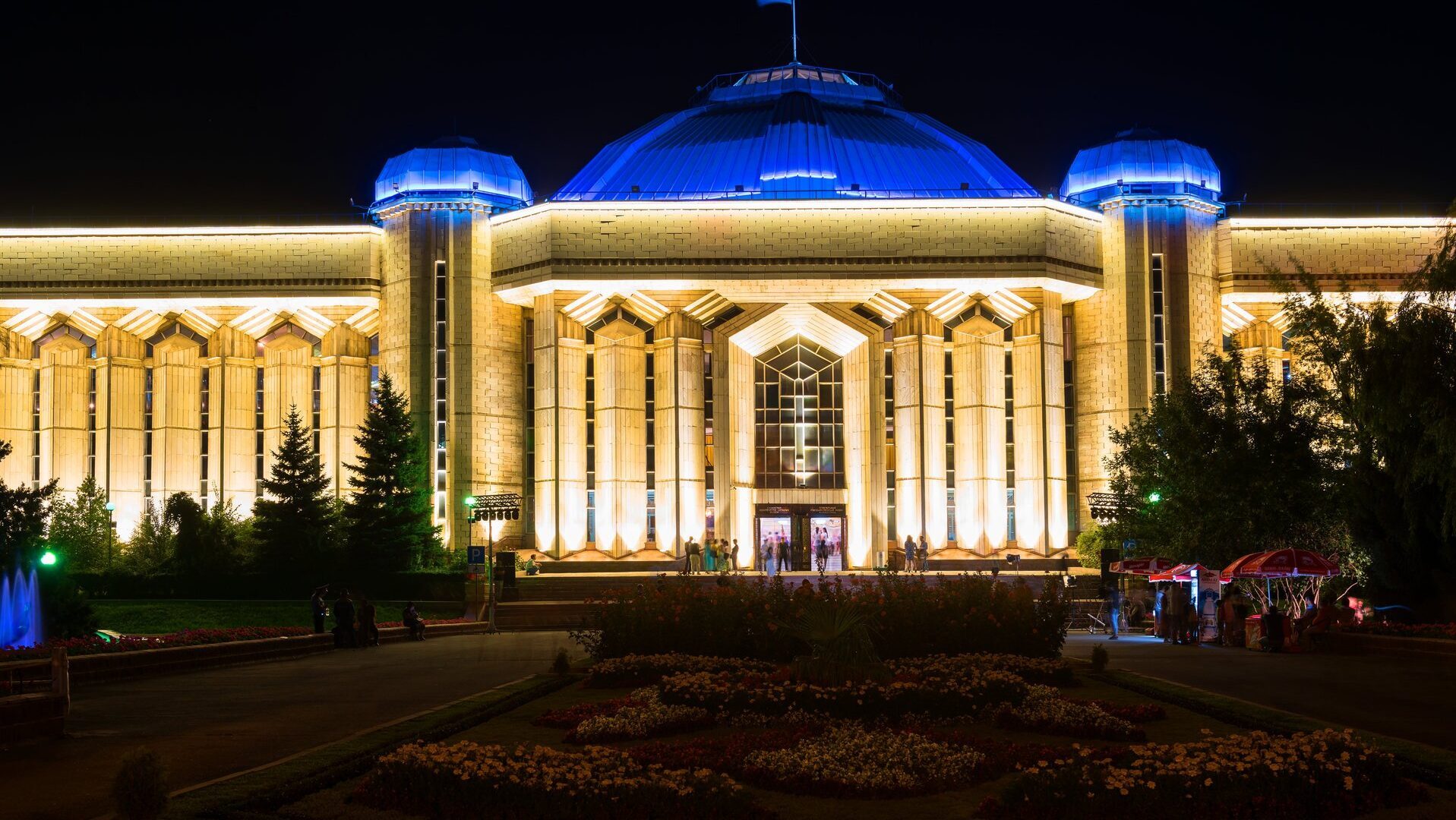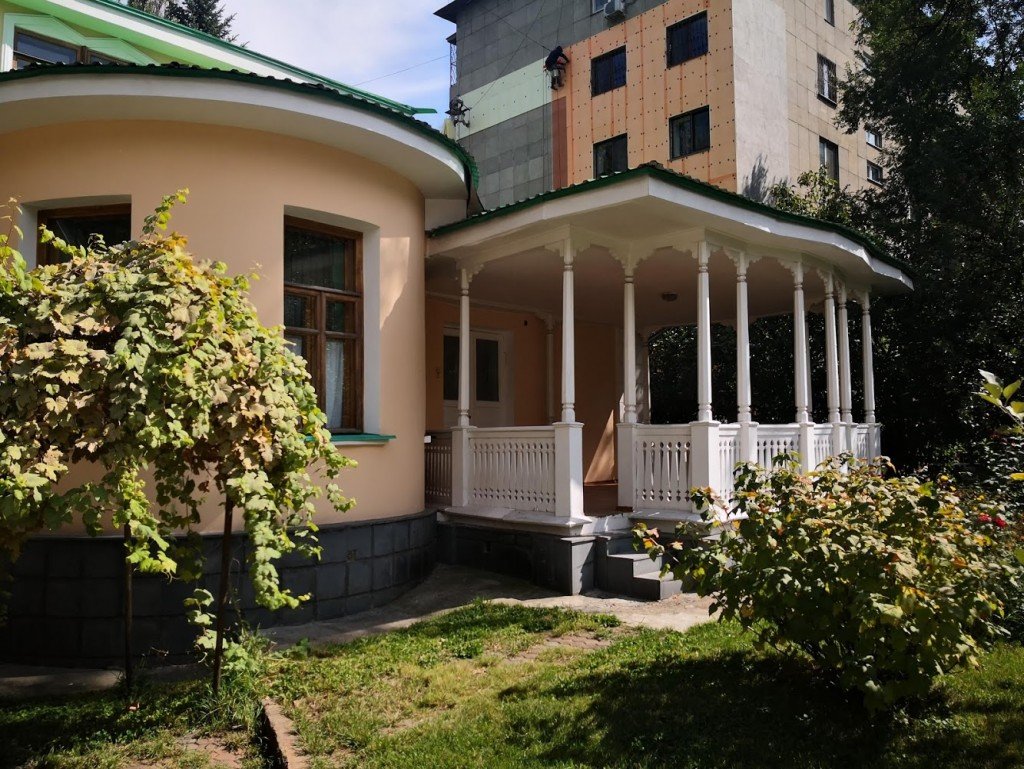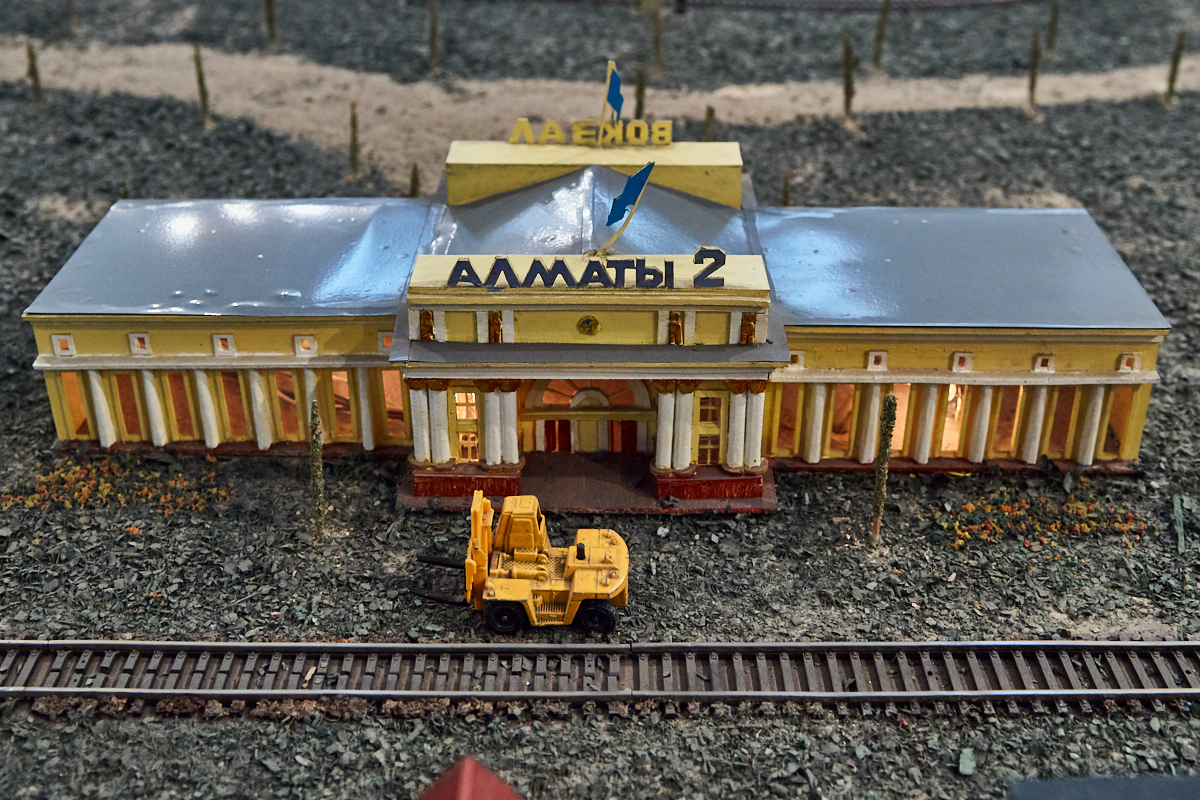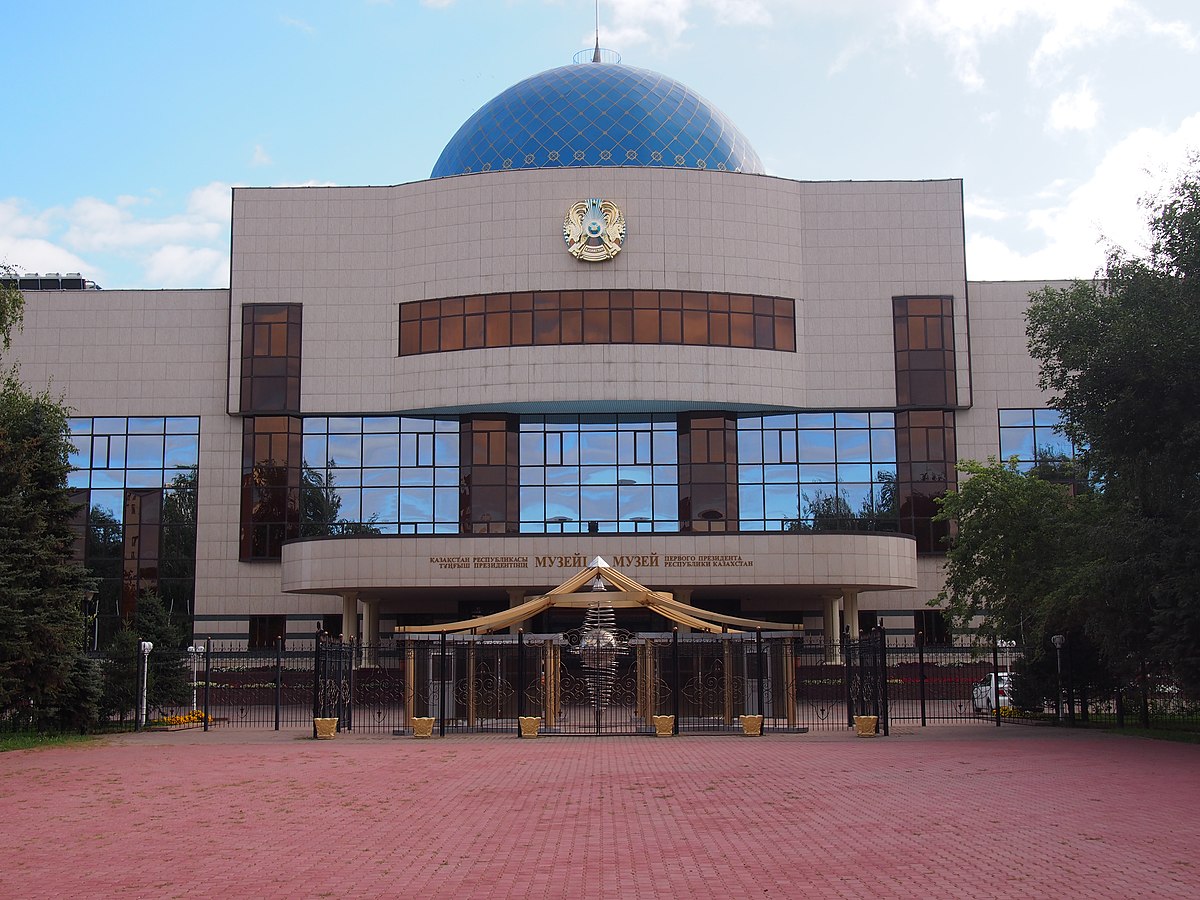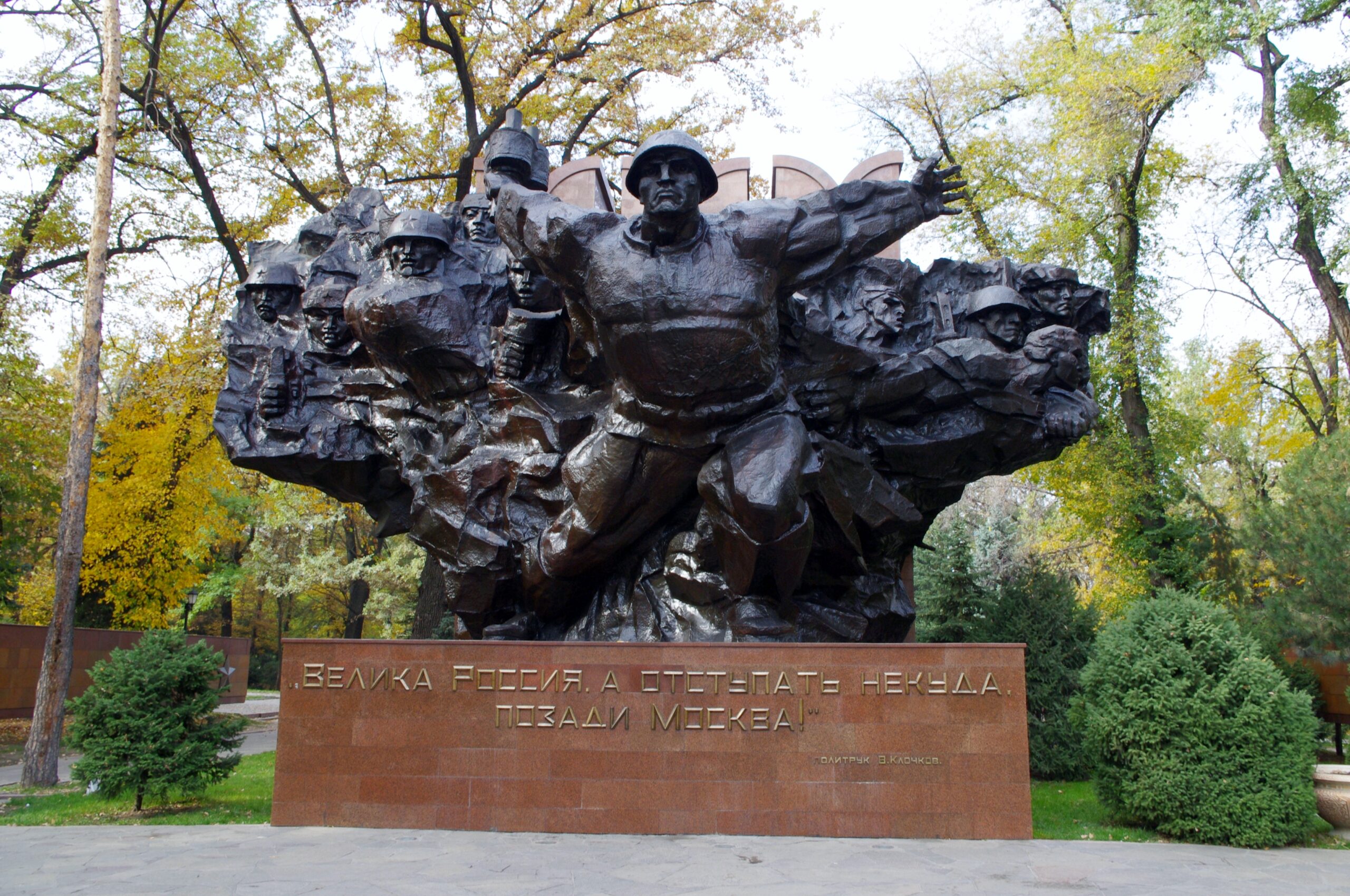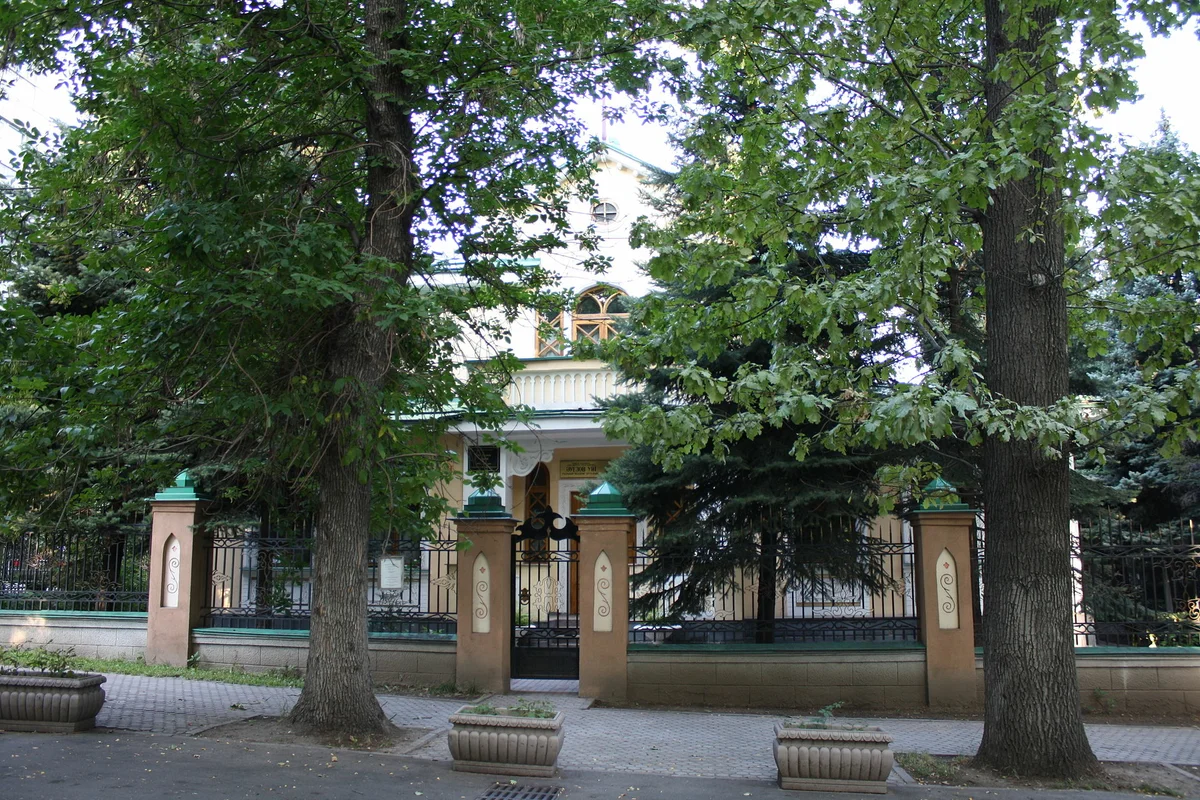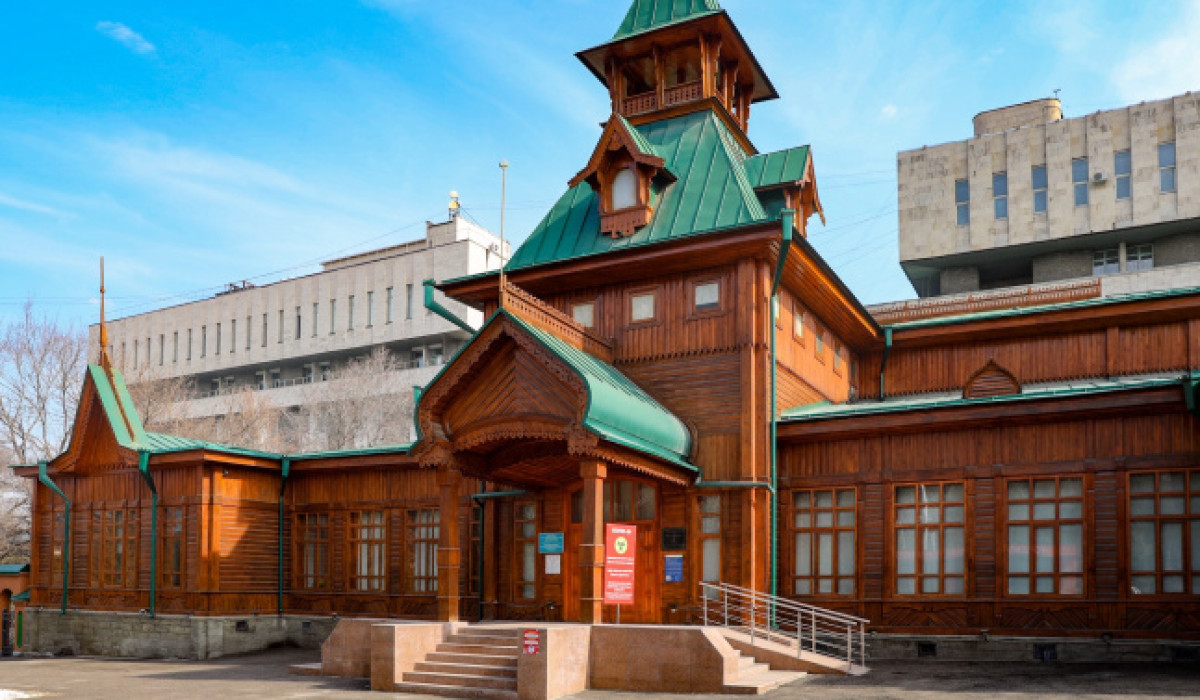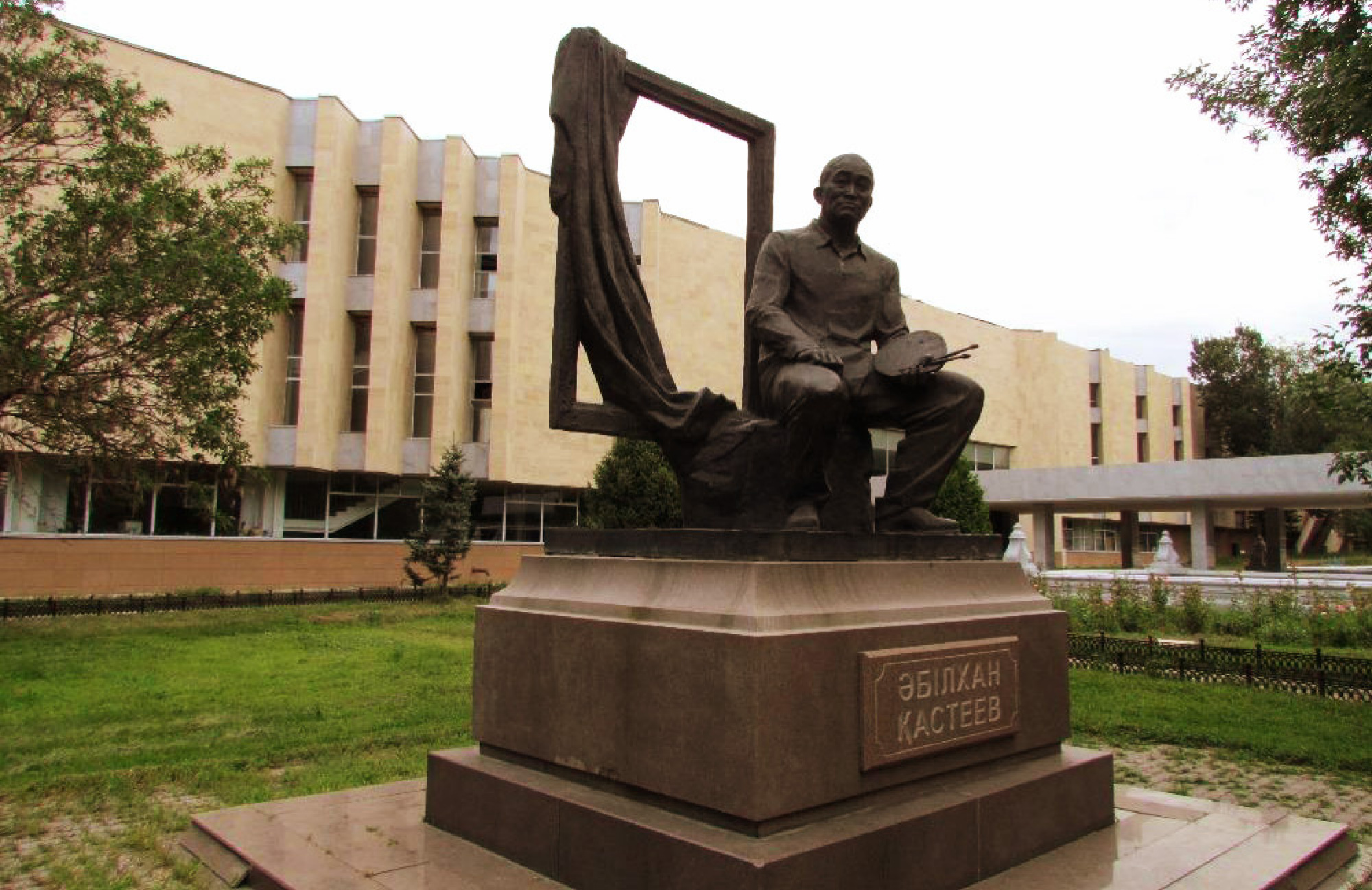Алматы, крупнейший город Казахстана, его культурный и торговый центр, издавна был местом встречи различных цивилизаций, перекрестком […]
Мемориальный музей-квартира Мухтара Ауэзова, расположенный в самом центре Алматы, является данью уважения одному из самых выдающихся […]
В самом сердце Алматы, где городской шум сочетается с эхом минувших эпох, стоит уникальное место, которое […]
Музей космонавтики в Алматы является маяком человеческих амбиций и научного прогресса. В мире, где космос навсегда […]
Музей Первого Президента Республики Казахстан, расположенный в оживленном городе Алматы, является монументальным свидетельством жизни и наследия […]
Среди городской суеты Алматы возвышается маяк памяти и уважения — Музей Великой Отечественной войны и сопровождающий […]
Казахстан, с его бескрайними степями и стратегическим положением, издавна был перекрестком цивилизаций. Свидетельством богатой и разнообразной […]
Город Алматы, часто называемый «Южной столицей Казахстана», хранит множество тайн и сокровищ. Одним из таких сокровищ […]
Музей музыкальных инструментов, расположенный на фоне Панфиловского парка в Алматы, является свидетельством богатого музыкального наследия Казахстана. […]
В живописном уголке Алматы находится хранилище самых ценных художественных произведений Казахстана — Музей искусств имени А. […]

